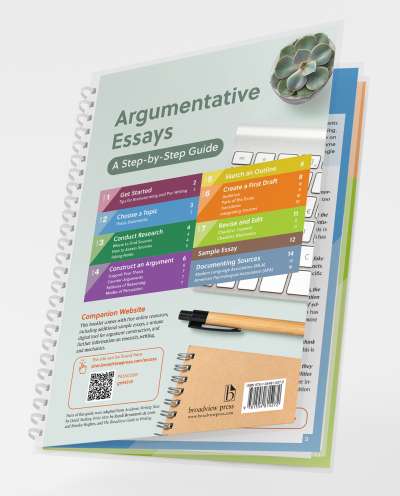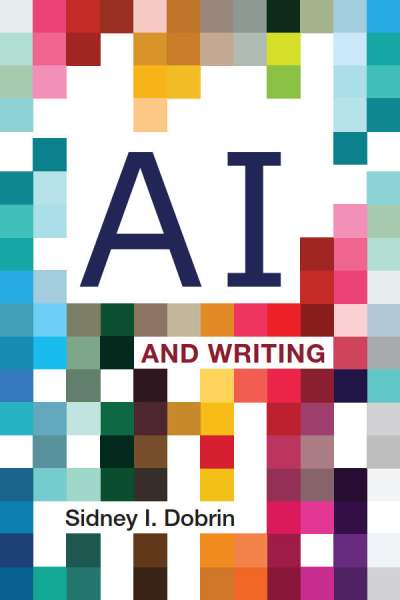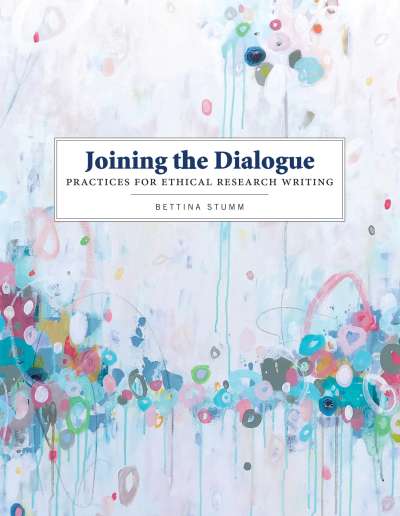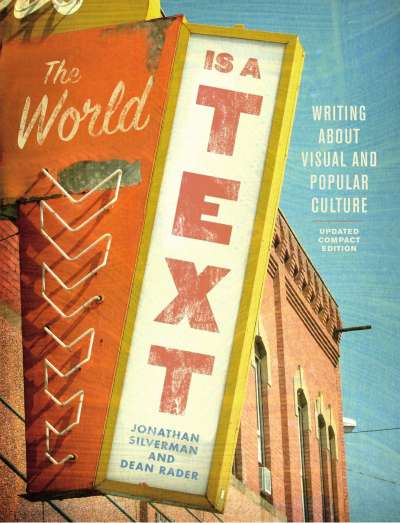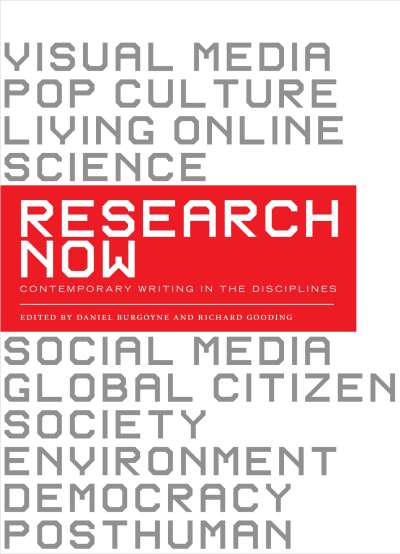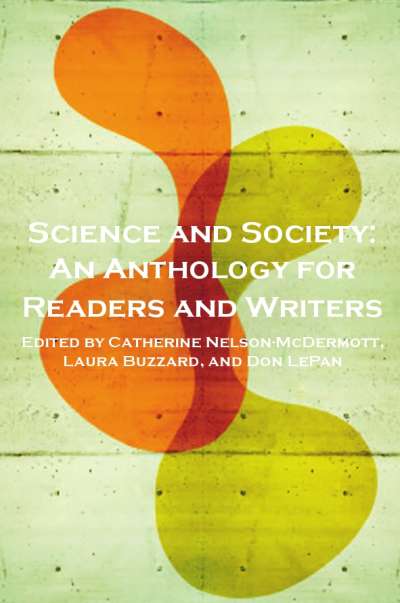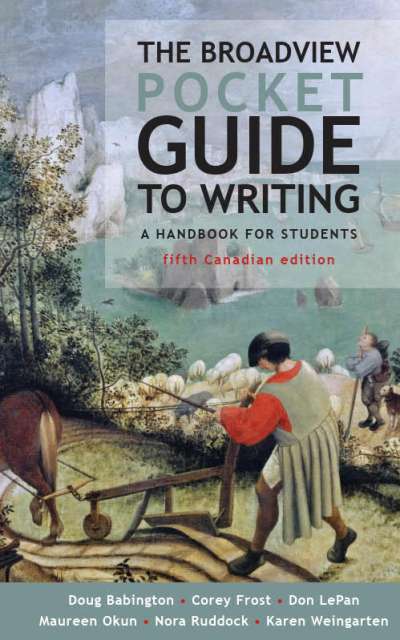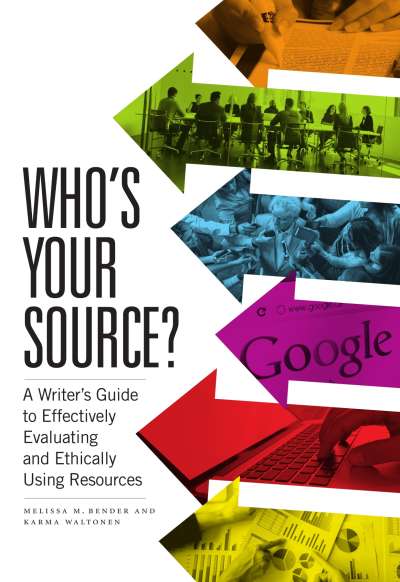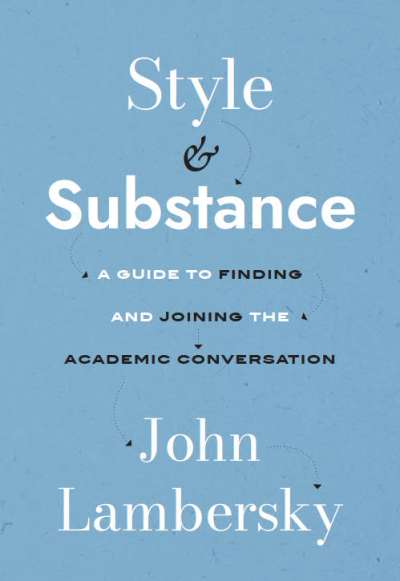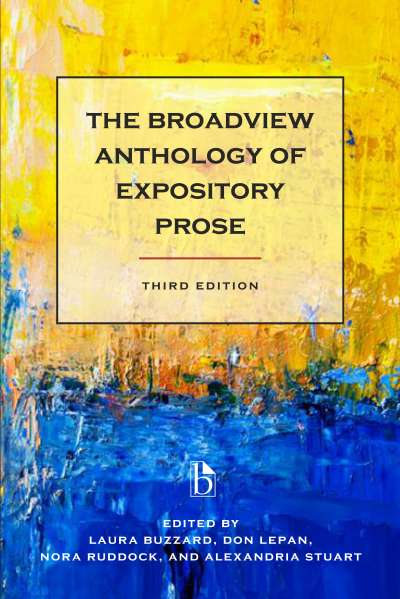A complete toolkit for undergraduate research, guiding students from first questions to finished project.
Original Inquiry is a comprehensive interdisciplinary guide to research that introduces early undergraduates to inquiry-driven original research and the complex process of carrying out their own research projects.
Rather than focusing solely on the writing of a research paper, Original Inquiry engages students fully in the research process, helping them to build a sturdy foundation of skills with which they can better adapt to all manner of research challenges and, more broadly, foster good habits in information literacy.
Three sample sources are included in an appendix and annotated as if by a student researcher, illustrating how students might critically read and interact with sources in their own projects. Three model student projects are also included.
Students will learn to:
- • Formulate—and refine—dynamic research questions
- • Recognize and work with all manner of sources and scholarly materials
- • Read and annotate sources effectively
- • Evaluate source quality and types of evidence
- • Build and organize a research archive
- • Respond to evidence
- • Synthesize research findings
- • Emphasize significance in conclusions
Comments
“This book offers an engaging, pragmatic guide for undergraduates as they encounter the rewards and challenges of conducting original research. With clarity and precision, Original Inquiry demystifies the research process and shows how all students—when equipped with essential skills and habits of mind—can meaningfully contribute to the creation of new knowledge.” — Abigail Reardon, Executive Director, University Writing Program, The University of Chicago
“Timely, original, and thorough, Original Inquiry is a standout among research guides for its approach to undergraduate research…. It will be invaluable to programs incorporating experiential and project-based learning approaches. In an era of growing concern about AI, this book demonstrates how research can remain ‘original.’” — Wendy Hayden, Co-Director First-Year Writing, Hunter College, CUNY
“Matthew Vechinski recognizes that students can write well only when they are writing about something that matters to them…. With this book, your students will move beyond simply summarizing information like automatons and begin learning how to conduct research that creates new knowledge.” — Douglas O’Keefe, Auburn University


